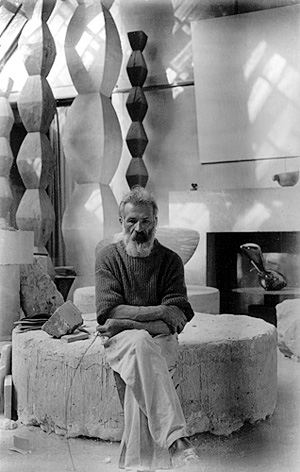Welcome to the World of Sculpture!
September 6, 2008
Welcome to the Dwight-Englewood’s Sculpture class blog! This will be where we extend our curriculum BEYOND the four walls of our classroom! We will look more closely at great Sculptors of the past and present- Be ready to Interact!
‘Sculpture is the art of creating a three-dimensional artwork. Sculptures can be created by shaping any hard material, commonly stone (either granite or marble), metal, or wood. Artists can also create sculptures using materials like plastic or clay that can be made hard after they are shaped. Sculptures can also be made from wire or other materials. Some sculptors specialize in using “found objects” or other unusual materials to make modern sculptures that use traditional techniques but new materials. Sculpture is one of the earliest known forms of art, with some sculptures dating back to the earliest known civilizations. Throughout the centuries sculpture has remained popular as a means of expressing religious beliefs, as a way of teaching people lessons about morality and acceptable social interaction, as a means of decorating homes and useful objects, and as a way of remembering the dead. Today there are examples of sculptures from civilizations around the world that can be seen in museums or as part of landscaping outside buildings and in gardens and parks. ‘-From the DIY Sculpture Book
Gigantic marble, started in 1501 and completed in 1504
Michelangelo began work on the colossal figure of David in 1501, and by 1504 the sculpture (standing at 4.34m/14 ft 3 in tall) was in place outside the Palazzo Vecchio.
